The Light of Knowledge
.jpg)
On May 20, the ‘Day of Light’ was held for the first time at the HSE University building on Basmannaya Ulitsa. The event was organised and conducted by students of the Faculty of Physics, who told junior students and schoolchildren about the latest scientific achievements.
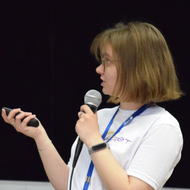
Daria Bykova, Master’s student of the Faculty of Physics, organiser
The International Day of Light is celebrated annually on May 16. It is dedicated to the role of light in life, science, art, culture and other spheres. The Institute of Spectroscopy of the Russian Academy of Sciences published the news about this event on its website. So, we had the idea to hold a Day of Light event for students and applicants of the Faculty of Physics. The academic curators of the faculty supported and developed the idea. We decided to tell junior students and schoolchildren about the world of science in simple language. Senior students got an opportunity to make presentations of their research papers.
After registering and meeting near the hall of HSE University building on Basmannaya Ulitsa, the event participants (including students, applicants and guests of the faculty), attended lectures and presentations of interesting scientific reports.
Igor Baliukin, Associate Professor at the Joint Department of Space Physics with the Space Research Institute (RAS), spoke about the heliosphere model, the propagation of light in the galaxy, the mission of the two Voyager spacecraft, and prospects and new hypotheses.
Kirill Boldyrev, senior researcher at the Fourier Transform Spectroscopy Laboratory of the Institute of Spectroscopy of the Russian Academy of Sciences, impressed students and guests with experiments with light, multicoloured diamonds and lenses, ultraviolet radiation and low temperatures, and demonstrated the wave theory of light on the ceiling of the lecture hall.
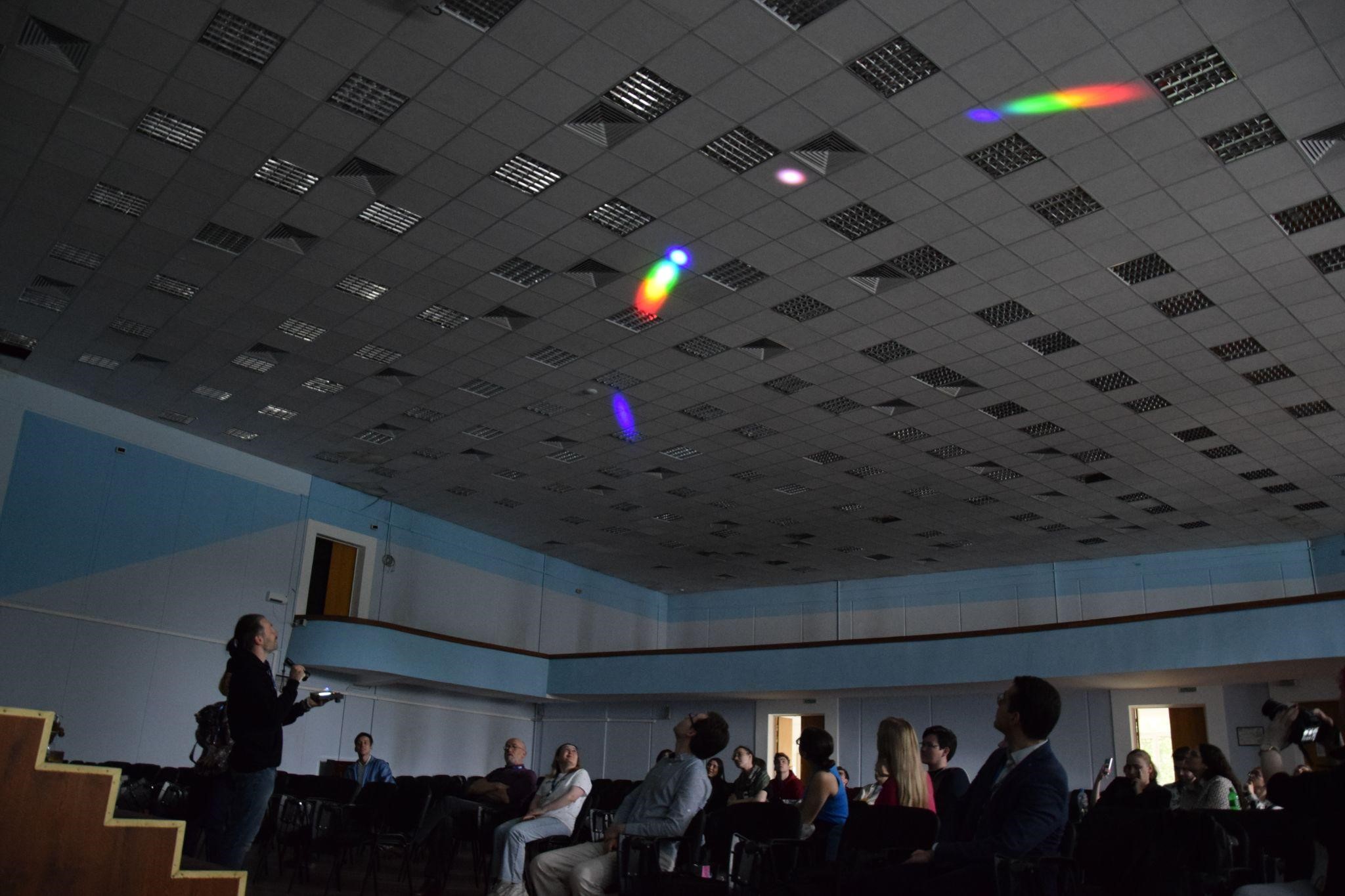
Konstantin Eltsov, Professor at the Joint Department of Quantum Technologies with Prokhorov General Physics Institute (RAS), recalled that science is rapidly moving forward and that things that recently seemed unreal have already become part of our everyday life. New discoveries in the field of quantum technologies are yet to come, including the creation of a quantum computer.
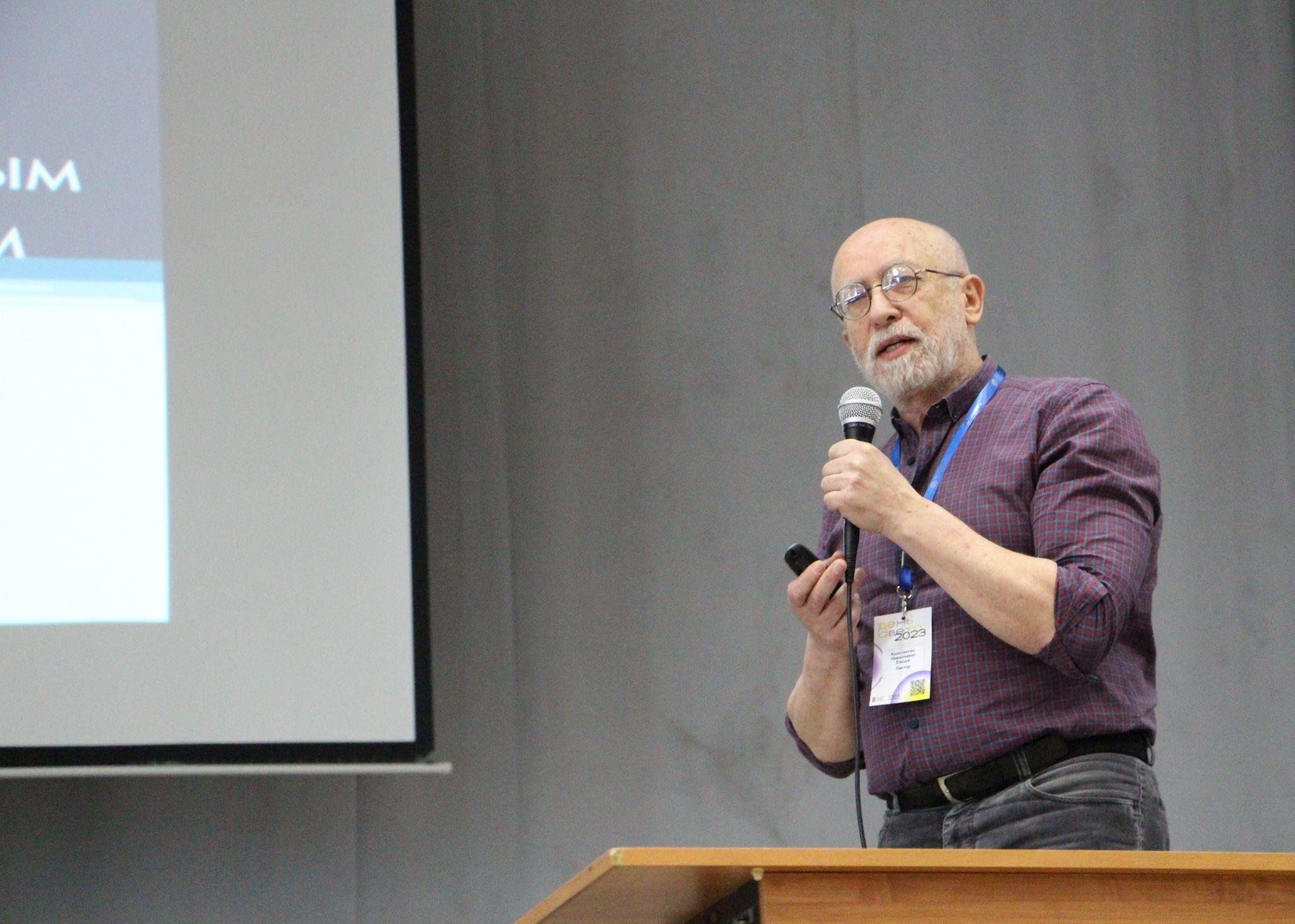
Olga Tarabaeva, Associate Professor at the Faculty of Biology and Biotechnology, also took part in the event. She demonstrated a chemical experiment on obtaining fluorescein and its disodium salt of uranin A compounds, which has pronounced fluorescence, logically linking the sciences of physics and chemistry.
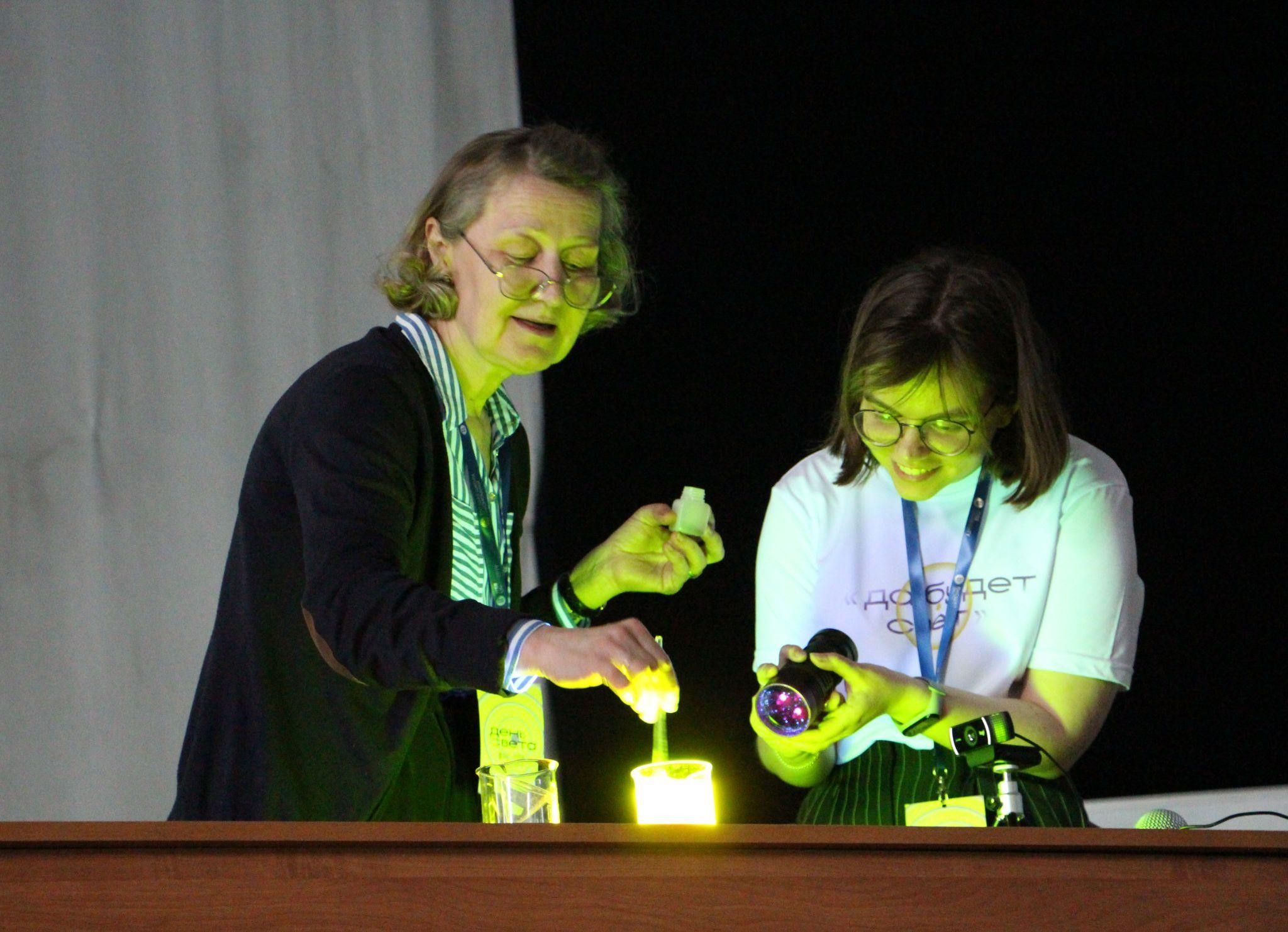
In the second part of the programme, master's and bachelor's students presented their reports on such topics as light, quantum technologies, and more.
Polina Vinetskaya, master’s student of the Joint Department of Quantum Technologies with Prokhorov General Physics Institute (RAS), spoke about classical cryptography, ciphers, spies and quantum money. Arina Safonova, fourth-year bachelor’s student, connected physics and biology in her study of optical methods of DNA sequencing. Guests of the event learned about the new, eternal and fleeting from a report by first-year master’s student Daria Bykova, who studies laser cooling of atoms and atomic clocks.
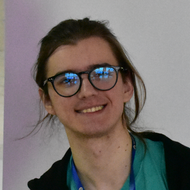
Artem Nikonov, 4th-year bachelor’s student of the Faculty of Physics, organiser
We invited third- and fourth-year students who wished to share their projects to take part in poster sessions aimed at illustrating the various applications of light in science. It was their first experience and an opportunity to present the results of their research almost at a professional level in a conference format.
The day ended with a tour of the laboratory workshops of the Faculty of Physics conducted by junior students. Guests had an opportunity to see where undergraduates experimentally study physical phenomena from various branches of physics, from mechanics to optics.
See also:
Russian Scientists Pioneer Accurate Mathematical Description of Quantum Dicke Battery
Physicists at HSE University and NUST MISIS have formulated and solved equations for a quantum battery, a device capable of storing energy in the form of light. Their findings will facilitate precise calculations of the capacity, power, and duration required for optimal battery charging. Quantum batteries are expected to improve the performance of solar panels and electric vehicles, while also opening up new avenues for efficient energy transfer. The study has been published in Physical Review A.
Scientists Harness 'Liquid Light' to Induce Electric Current in Superconductors
Scientists at HSE MIEM have induced a superconducting current using 'liquid light,' or excitonic polaritons, which are hybrid particles formed by interaction between light and matter and possess the properties of both light and material particles. The ability to manipulate an electrical system through an optical one can be valuable in the development of technologies such as quantum computers. The study has been published in Physical Review B.
Physicists Explain Transition Between Different Types of Superconductivity
Physicists from HSE MIEM in collaboration with colleagues from MIPT and other universities have formulated a theory capable of explaining the transition between different superconductivity types, revealing an intertype regime characterised by exotic magnetic properties. This discovery can serve as the foundation for the development of sensors with enhanced sensitivity and accuracy, capable of functioning in conditions where traditional sensors are less effective. The study has been published in Communications Physics.
'Unconventional Thinking Can Be Cultivated through Competitions Like Physics Tournaments'
Last week, university students from all over the country came to HSE University for the All-Russian Student's Tournament of Physicists. The tournament took the form of battles in which teams tackled physics problems while taking turns in the roles of speakers, opponents, and reviewers. Based on the competition results, the combined team 'Volume Dependence' emerged as the winner and will participate in the upcoming international tournament in Zurich.
HSE University to Host All-Russian Student's Tournament of Physicists for the First Time
The All-Russian Student's Tournament of Physicists is a competition in which teams of students from different universities offer their solutions to problems and defend them before rival teams. The HSE University Faculty of Physics traditionally participates in the organisation of the competition and task development. This year, on February 13–17, the tournament will be held at HSE University for the first time. It will include two rounds—the qualifiers and the final. In the final round, three teams and their captains will compete with each other.
Lavsan and Kapton Tested Under Space-like Radiation Conditions
In a ground-breaking experiment, HSE MIEM researchers subjected Lavsan (polyethylene terepfthalate, polyester) and Kapton (polypiromellitimide, polyimide) polymers, commonly used in space technology, to ionising radiation for durations ranging from microseconds to several hours at temperatures of -170°C and +20°C, while comparing their electrical conductivity under extreme conditions. The study reveals that at -170°C, Kapton's conductivity is ten times lower than at +20°C. These findings can assist engineers in developing more effective protection for spacecraft against static discharges induced by ionising radiation. The study has been published in Journal of Applied Physics.
Human Bodies Impede 6G Signal Transmission
A team of researchers, including scientists from HSE University, have investigated the influence of human movement on the propagation of 6G signals. Within a range of up to 10 metres, the signal attenuation is comparatively minor, yet brief connection failures may still occur. Based on the study findings, a blockage detection algorithm has been developed to account for both signal attenuation and interruptions. The gaming industry is likely to derive the greatest benefits from this discovery. A paper with the study findings has been published in Computer Communications.
Microlasers with Quantum Dots Remain Functional at Elevated Temperatures
Researchers from the HSE International Laboratory of Quantum Optoelectronics in St Petersburg have explored the impact of resonator size on the operating temperature of a microdisk laser with quantum dots in a two-level generation mode. Their findings reveal that microlasers can produce radiation across multiple frequencies, even under elevated temperatures. In the future, this breakthrough will enable the integration of microlasers into photonic circuits, potentially doubling information transmission capabilities. The study findings have been published in Nanomaterials.
Russian Researchers ‘Peek Inside’ Carbon Nanopores
Researchers from HSE MIEM, in collaboration with colleagues at the RAS Institute of Solution Chemistry, have modelled the behaviour of ionic liquids within charged carbon nanopores ranging in width from 1 to 15 nm and assessed the mobility of both their cations and anions. The scientists observed that an increase in anion size resulted in higher mobility, whereas cations exhibited the opposite trend of reduced mobility with an increase in size. A better understanding of ionic liquids will enhance their use in supercapacitor technology. The study has been published in Journal of Molecular Liquids and supported by a grant from the Russian Science Foundation (RSF).
'We Can Modify Electron Spins as Required by Applying an External Magnetic Field'
Researchers from HSE, MIPT, and the Russian Academy of Sciences Institute of Solid State Physics, jointly with colleagues from the UK, Switzerland, and China, have conducted a study on the characteristics of thin films composed of platinum and niobium. Both the experiments and the theoretical calculations have confirmed that when in contact with a superconductor, platinum exhibits a spin, creating a potential for its effective use for data transmission. Platinum atoms have no magnetic moment, paving the way for the development of even smaller chips utilising this novel structure compared to conventional spintronics. The paper has been published in Nature Communications.


